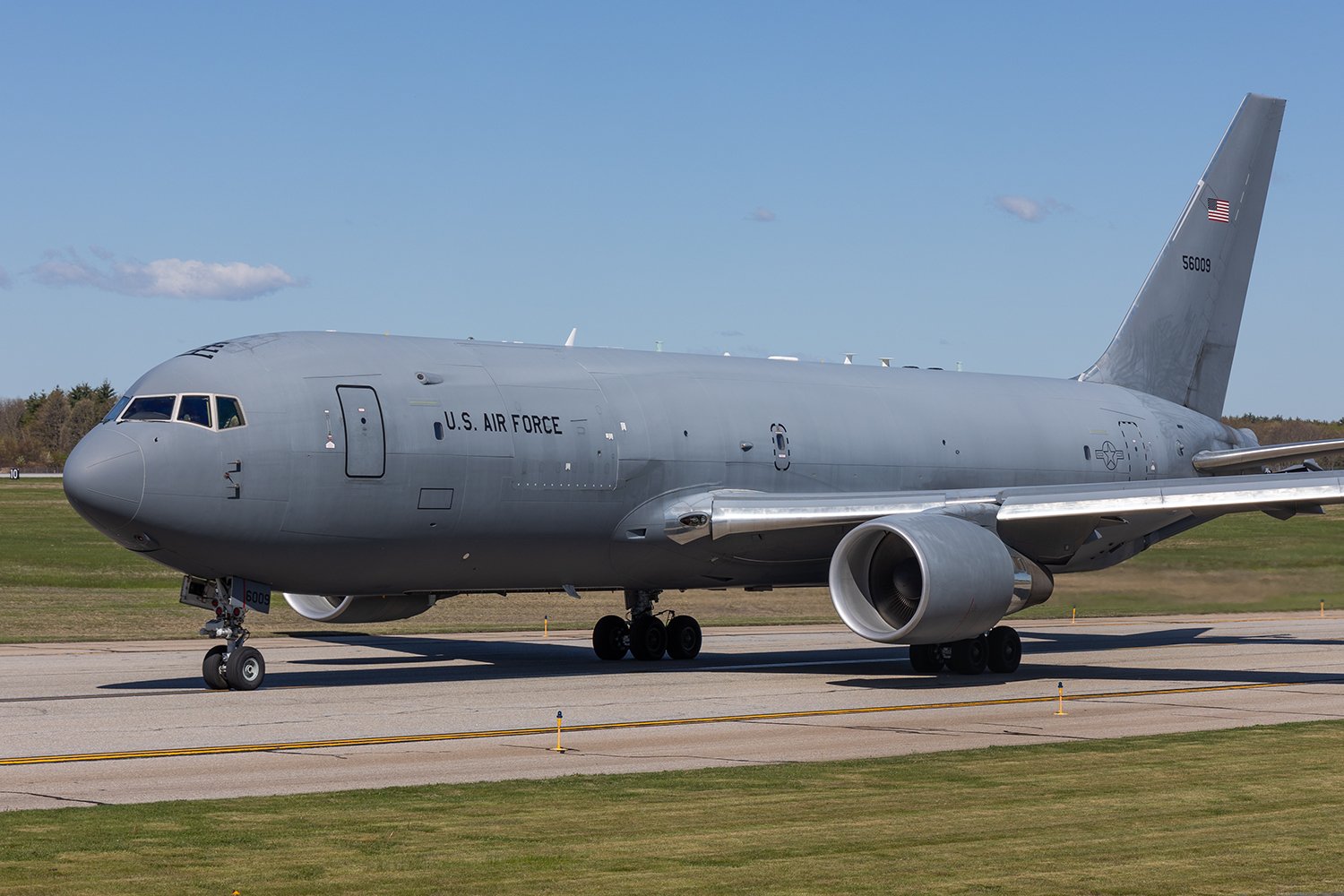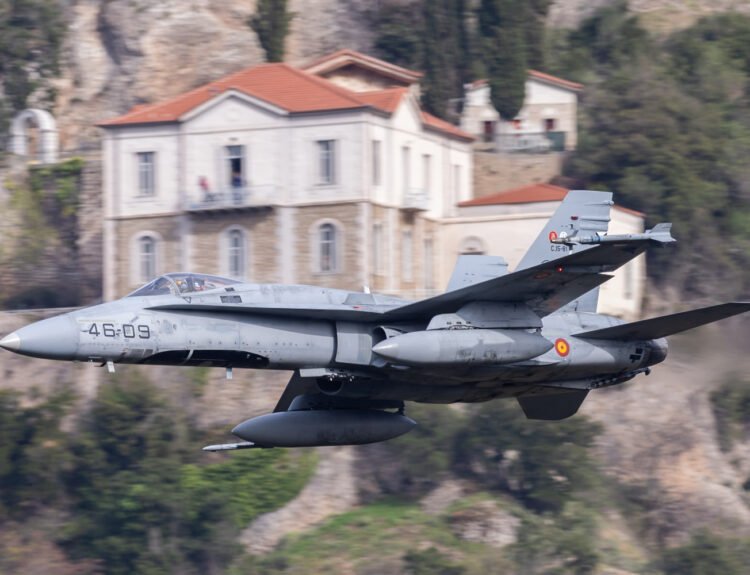In a huge setback for Boeing and the U.S. Air Force, manufacturing of the KC-46 Pegasus aerial refueling tanker has been halted after cracks were found in the aircraft’s structure. The news has generated concerns regarding the long-term reliability and safety of the aircraft as well as the potential financial costs to Boeing and the military.
The KC-46, which was intended to replace the KC-135 Stratotanker aging fleet, has run into a chain of problems since it was conceived. Regulator inspectors discovered cracks in the planes’ wings, near where the wing attaches to the fuselage. These faults in the structure have forced the Air Force to delay further deliveries until a proper analysis and correction can be carried out.

Boeing initially planned to supply 179 KC-46 aircraft to the US Air Force under a $44 billion contract. The aircraft is sold based on its advanced capabilities like advanced fuel transfer systems, cutting-edge cockpit features, and the ability to refuel multiple aircraft at a time. This recent development follows long-standing concerns over the overall development and certification of the aircraft.
The cracks are reportedly caused by fatigue issues that may have resulted from the design modifications made while developing the aircraft. Boeing engineers already have an assignment to determine the causes of the cracks and to evaluate possibilities to reinforce the compromised regions. The company promised the military officials they are eager to solve the issues as soon as possible to resume deliveries.
Defense officials pointed to their frustration with the delays, citing the urgency of the need to replenish the Air Force’s strategic refueling capacity. The KC-46 has been questioned before over its reliability, including earlier issues with its remote vision system and refueling boom.

Boeing’s CEO has publicly acknowledged the problems that the KC-46 program is facing, stating, “We are committed to getting this critical platform safely and on schedule, and we value our partnership with the U.S. Air Force as we work through these technical challenges.”
Industry analysts share the view that sealing these structural cracks and approving the plane as safe and compliant with all safety and performance requirements could entail more delays in the deployment of KC-46. The imperative for fixing these is heightened by the geopolitical situation, which is prioritizing a next-generation air-refueling capability for supporting U.S. military activities.

As the inquiry continues, Boeing and the US Air Force are working closely together to determine the course of action to pursue next. The outcome of this accident will be watched with interest by military observers, defence contractors, and international onlookers alike, as it can potentially affect future acquisition and the reputation of Boeing’s aerospace business overall.
In the meantime, the U.S. Air Force is counting on a joint effort by all to one day see the KC-46 fulfill its role as a foundation of air refueling capability for generations to come. As issues are discovered and remedied, Boeing and the Air Force will be under significant pressure to regain confidence in the KC-46 program and put it back on its original track to operational readiness.






